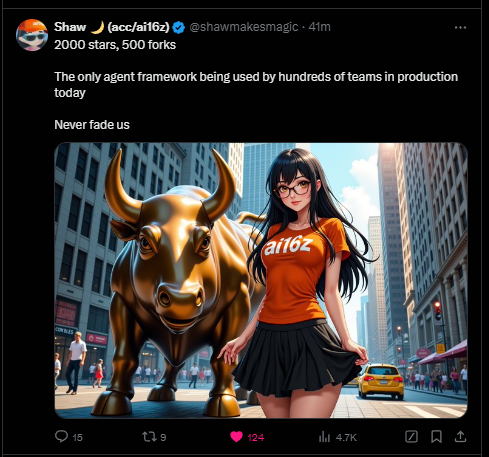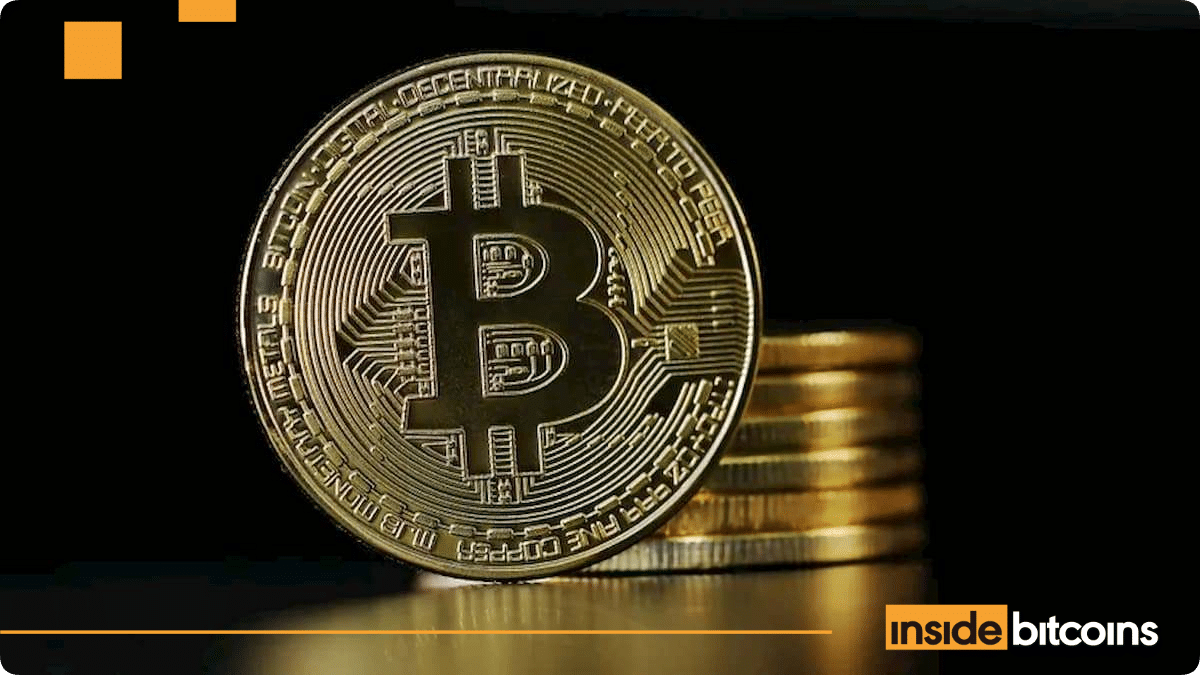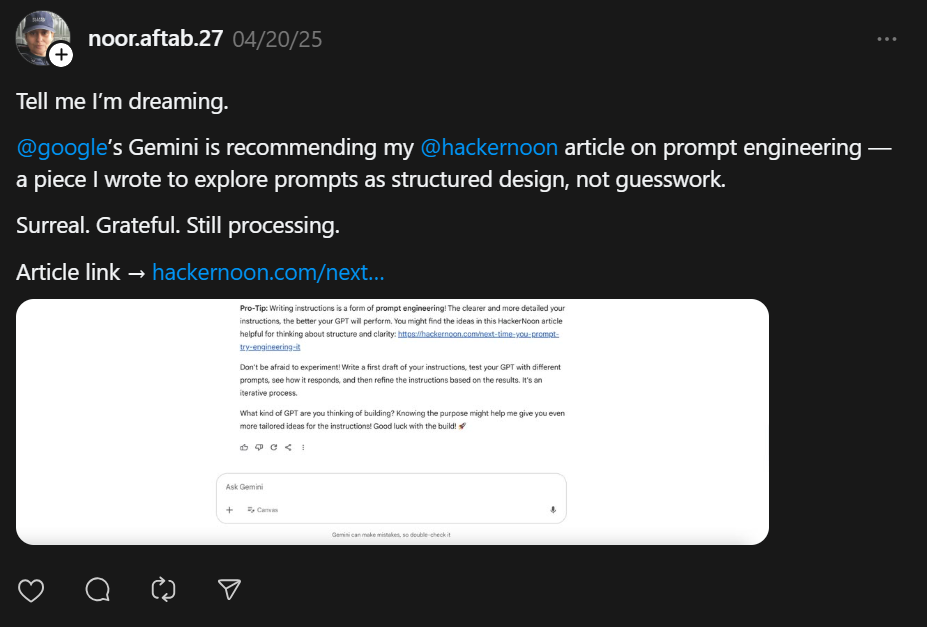Uncovering the Secrets Behind the Popularity of Kalshi and ai16z: The "Psychological Tactics" of the Crypto Market
Author: TM
Compiled by Tim, PANews
I probably shouldn’t have posted this because it’s so insightful. Let’s delve into the world of crypto marketing: A masterclass in psychological tactics.
If you don't know what psychological tactics mean? It means you've been manipulated your entire adult life.
Welcome to the world of Meme Wars.

Milady
Example 1: Kalshi enters the crypto market
Let's start with Kalshi. This isn't to spread FUD; in fact, I admire their execution. I'm just sharing my personal thoughts on the Kalshi case, though nothing here is confirmed.
As the meme coin craze faded, prediction markets began to gain traction, and some influencers, including John Wang, began to push the narrative.
There's no doubt that prediction markets are fairer than memecoins. Memecoins are a brutal 1-vs-1,000 game, while prediction markets at least even out the odds. But let's be honest: crypto enthusiasts simply love tokens, and they always have.
So the question becomes: How to capture the memecoin market share without issuing new coins while challenging leading platforms like Polymarket?
Answer: Psychological warfare
This is what happened:
- John Wang signed with Kalshi long before the official announcement.
- In the previous months, social interactions and researcher citations had boosted his account's popularity.
- When the news finally broke, the publicity campaign was coordinated: news outlets, influencers, and "research" pages all reported the hiring of the same KOL.
News reports on hiring cryptocurrency influencers
This was framed as a major event, as if Kalshi had just poached an executive from Google or Apple.
A simple yet clever psychological tactic: turning a personnel change into a full-scale marketing campaign.
Kalshi isn’t just entering the crypto space; he’s making it look like a paradigm shift.
They paid these websites, research institutions, and influencers to discuss the announcement. A personnel shakeup that caused a stir. Kalshi officially entered the crypto market with a fanfare comparable to the FAANG stock listings.
A simple but effective psychological tactic: they take the announcement and spin it into a massive marketing campaign.

Is John Wang the marketing manager of Kalshi?
Example 2: ai16z flywheel
Now, let's talk about ai16z
This idea was truly genius, and it made people (including me) really look forward to the future of Crypto x AI integration.
The script is this:
- They launched a Meme DAO around the idea of tokenizing venture capital giant a16z.
- Marc Andreessen himself responded, verifying the dissemination value of this meme.
- Suddenly, the entire industry's attention was focused on this "new AI fund."
- Then came the product launch: Eliza AI Agent.
It quickly shot to the top of the GitHub charts. The timing was perfect, and the buzz was unstoppable.

Shaw is showing off
But at the bottom level, it is just a GPT wrapper. To put it bluntly, it just connects the API of the existing large language model to the front end, which is nothing groundbreaking.
Who cares? Actually, no one cares. The product works, the atmosphere is right, and that's all that matters.
The psychological tactics here are as much about narrative as they are about technique.
Joining the ai16z DAO has become a status symbol. Like wearing a Rolex in its early days, becoming an "ai16z partner" signifies insider status, a title that attracts developers from top universities and deep-pocketed believers.
The DAO’s market capitalization soared to $2.5 billion (but liquidity was laughably low). This set in motion a flywheel effect: hype attracted liquidity, liquidity attracted investors, and investors fueled more hype.
But then the question arises: how to cash out without ruining the chart?
Answer: You don’t. Instead, ai16z “sells” their technology to other crypto AI projects in exchange for up to 10% of the token distribution agreement and marketing support.
The result? An overflow of half-baked AI projects. Support, pump-and-dump.

Shaw after selling off his free crypto AI tokens
The psychological tactics worked. Liquidity was drained, and now ai16z is plotting a comeback.
The essence of psychological tactics
The problem is: the same routine cannot succeed twice
Once people figure out the gimmick, it's gone. They'll move on to the next new thing. That's why so many projects keep recycling the same old buzzwords:
- airdrop
- Roadmap
- Buyback
- flywheel
- Economic Model
If you're listening to this, it's early days for this project. In this market, talking is out; delivering is key.
Welcome to the Meme Wars
Crypto marketing today is not advertising, it’s warfare.
Narratives are weapons, and interactions are ammunition. Every announcement, collaboration, or controversy is a battle for mindshare.
Winning projects aren’t just selling technology; they’re executing coordinated psychological tactics: weaving stories, memes, and strategies that the target audience is willing to believe.
Not everyone plays by the same rules.
So if you want to grab market share in this industry, you better arm yourself. Assemble your team like a Roman warlord ready to conquer.
Because in crypto, it’s a war.
You May Also Like

Michigan Advances Long-Delayed Crypto Reserve Bill

The HackerNoon Newsletter: Startups, Meet Your New Distribution Channel: AI (9/18/2025)
